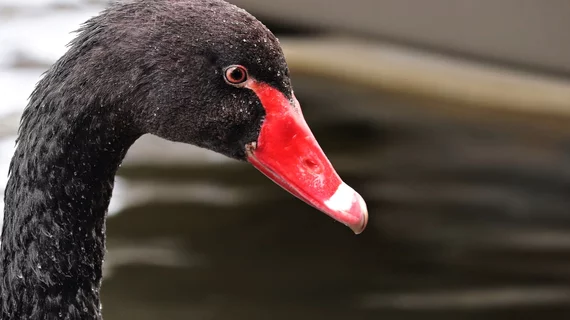The COVID ‘black swan event’ and what radiology can learn from Time magazine’s pandemic pivot
The coronavirus pandemic has served as a “punch in the mouth” to Time magazine and much of the business world. But it has also offered some crucial lessons for the noted publication that also apply in imaging.
Time President Keith Grossman explored some of those learnings in a piece published Tuesday in the Journal of the American College of Radiology. He labeled today’s crisis a black swan event — “an exceptionally rare occurrence with catastrophic consequences that is impossible to predict but is described in hindsight as though it was inevitable.”
While Time was caught off guard by COVID, it’s found ways to quickly pivot, Grossman and three Johns Hopkins radiologists detailed this week.
“The nature of a black swan event is that it cannot be predicted — but you can develop appropriate responses when it occurs and, with the right decision making, you can thrive despite the catastrophic circumstances,” Grossman and co-authors Elliot Fishman, MD, Linda Chu, MD, and Steven Rowe, MD, PhD, wrote April 13.
For Time, changes have included digitizing its print product for children and offering it for free, focusing on health- and investment-related content, and partnering with Columbia University to offer business training. Diversification is clearly crucial in both publishing and healthcare, the authors advised.
“Nimbleness, effective leadership, and an engaged workforce can all aid in having adaptable plans,” Grossman et al. wrote. “In the context of radiology, having a diverse footprint that includes hospital and outpatient settings as well as rural, suburban and urban options for patient imaging may be a way to buffer against future black swan events.”
Similarly, COVID-19 has forced imaging leaders to get creative to maintain radiologist education and training, and it’s likely many of these changes will stick.
“Like Time Inc, we had to be nimble and to rethink how we could provide training despite lectures and conferences no longer being in-person events,” the piece concluded. “Some of the changes that have been made may evolve again if the pandemic finally passes, but many of the changes will remain longer term.”
You can read more of their advice in JACR here.

